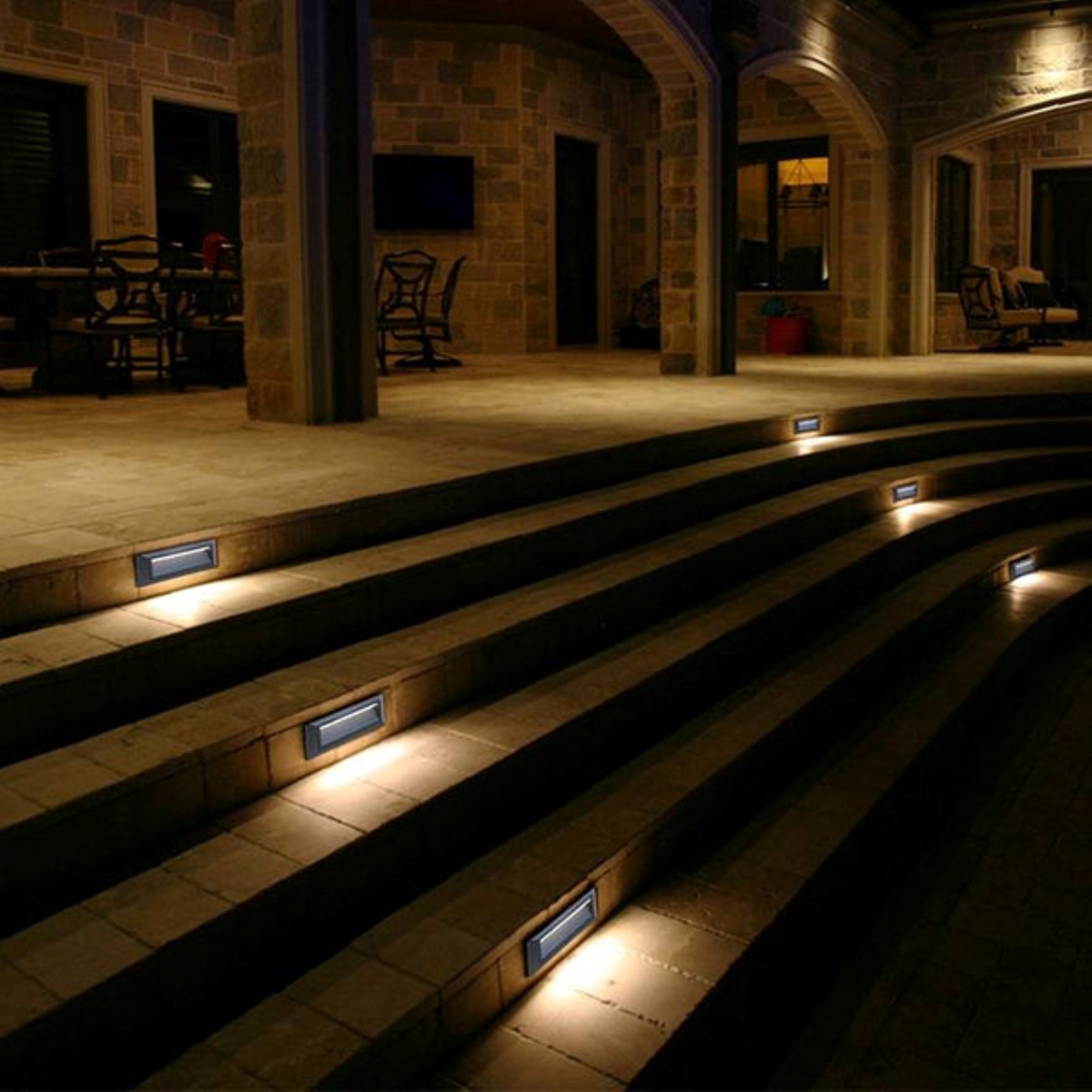Lifescape
By Janet Armstrong, Accredited Interior Designer, CAPS
As we move into fall and the beauty that it offers, we slowly transition into shorter days and longer evenings. This transformation requires the increased use of lighting to ensure we can move through our homes safely. While we may think primarily of indoor lighting, outdoor lighting is equally important to ensure safe passage from the driveway, along the sidewalk and up to and including the entranceway. Changes to eyesight as we age mean better lighting is required to ensure safe navigation around both the interior and exterior of our homes. Here are some aspects to consider when assessing the lighting at your home.

How much natural lighting does the room get?
The amount of natural light a room gets is quite different during those precious few hours of light in the winter and the joyful, long days of summer. Knowing how much natural light your room gets during the various times of day will help you plan lighting requirements and match them with the time of day as well as how you use the room. Consider, too, which direction or directions the windows in the room face to determine when additional light is least or most required in the room.
How many levels of lighting do rooms need?
Every room requires different levels and types of lighting depending on how they are used. The three types of lighting that should be included in each space of your home are:
– Ambient lighting for overall atmosphere. Ceiling fixtures work well for this and the endless variety available ensures you will find the perfect light.
– Task lighting directed at specific work zones. Think desk lamps and table lamps.
– Accent lights to highlight a specific object or architectural feature and to soften the space.
Colour does matter
Light bulbs come in a number of different colours or what is referred to as colour temperature, which is expressed as Kelvins. However, many of us buy the first bulb our hand touches, the ones on sale or the first one we come across in the home improvement or grocery store. Be sure to check the package the next time you buy light bulbs; warmer colours are better for aging eyes, so look for bulbs that have a colour temperature of 2700k-3000k. The warmer light creates a more soothing and comfortable atmosphere, reduces glare and enhances visual acuity.
Compact fluorescent light (CFL) bulbs are energy efficient and come in a variety of different wattages. For example, a 15 watt CFL is equivalent to a 60 watt incandescent bulb. A full spectrum CFL increases contrast and clarity while also reducing glare. It’s ideal for those with low vision.
Nighttime lighting is a must
We typically consider night lights for just the bathroom, but night lights are a must for all areas of your home, especially hallways. Ensuring there is sufficient light to enhance visibility and guide us throughout different spaces is a primary safety concern as we age. It can help prevent falls. Motion activated night lights are ideal as they only come on when required and take no effort on your part.
Exterior lighting
Exterior lighting is as important as interior lighting for increased safety and security, particularly as we age. Homes typically have an overhead light at the entrance and these cast shadows, preventing the lock and handle from being clearly seen. Lighting on either or both sides of the door is more effective in providing sufficient visibility, without shadows, and facilitates easier access. Be sure to assess the route from the driveway and along the approach to the front door, including the stairs and/or ramp which should be well lit to ensure safe passage.
When lighting a ramp, do not assume the front entrance light will be enough and don’t be tempted by the installation of flood lights directed at the ramp. Floodlights cause shadows, glare and dark areas along the ramp. They can also cause blinding conditions, particularly for those in wheelchairs or on mobility scooters. Planning lighting for a ramp should begin with the entrance to the ramp itself, which could be illuminated by pathway lights or motion sensor lights mounted on the posts at the top and bottom of the ramp.
For the ramp itself, low-voltage flush-mounted lights installed in the deck of the ramp will provide adequate lighting and because the lights are flush with the ramp, they will not create any obstacles for wheelchairs, walkers or scooters.
Illumination of exterior stairs is vital to enhance safety and prevent trips and falls. Stair lighting can also enhance the architectural elements of your home’s exterior and create a welcoming ambience. The lights can be installed in the risers of the stairs, under the nose of the stair or on the sides. If you have railings on one or both sides of the stairs, installation of lights under the handrail can enhance the light available while also providing a striking feature.
As you consider updates to your home, be sure you consider both interior and exterior lighting. The aim is to improve safety and accessibility at all times of day. This is one more way you can age-proof your home and independently carry out the activities of daily life well into the future.
Janet Armstrong (www.simplyswankdecor.ca) is a graduate of the Interior Design Institute of Canada, CAPS (Certified Aging in Place Specialist) and Past Chair of the Decorators and Designers Association of Canada (DDA Canada).
Pic #1:
Lights mounted on either side of the door improve visibility and eliminate shadows. Photo: Kichler Lighting
Pic # 2:
Pathway lighting is ideal for lighting the entrance to a ramp. Photo: BulbSquare
Pic #3:
Lighting of the stairs leading to your door enhances safety and creates a striking architectural feature. Photo: Las Sola






